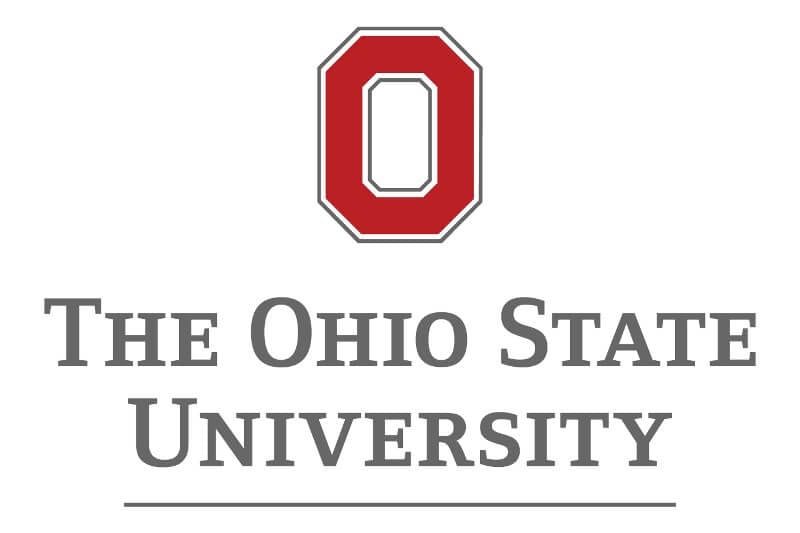Ohio Sea Grant, on behalf of The Ohio State University, The University of Toledo and the Ohio Department of Higher Education (ODHE), has released the 2023 research findings update for the statewide Harmful Algal Bloom Research Initiative (HABRI), which seeks solutions for harmful algal blooms in Ohio.
The initiative currently consists of 43 science teams working on different critical knowledge gaps identified by front-line state agencies.
The 2023 report reveals that the state of Ohio continues to benefit from the initiative:
- Agencies continue to know more about the environmental factors that drive bloom toxin production, giving water treatment plant operators and recreational water managers better predictive capabilities.
- Researchers are working directly with state agencies and water treatment plant operators to optimize low-cost assessment and removal of cyanotoxins.
- Researchers working with the Ohio Department of Agriculture and producers have improved on-field management practices to help slow nutrient loss. New information about drainage systems/agricultural tiles and manure applications will help farmers make decisions about water management and soil health.
- New information related to how water and nutrients move across the landscape has strengthened models that will help the Ohio Lake Erie Commission take further steps to evaluate H2Ohio and overall progress on nutrient reduction in the Maumee River watershed.
- Ohio Environmental Protection Agency has modified its permit procedure to better safeguard Ohioans when HABRI projects showed that drinking water treatment residuals from treatment plants that took in contaminated source water may leach microcystins into produce and groundwater.
- Research will assist the Ohio Department of Natural Resources H2Ohio Wetland Restoration Program to make informed decisions about optimizing and maintaining restored wetlands with enhanced capacity for nutrient reduction and resilience to extreme events (e.g., floods, droughts, etc.).
- Researchers are collaborating with the Great Lakes Restoration Initiative to test a new soil and water assessment tool (SWAT model) to quantify what effect rivers and streams have on phosphorus as it moves through the Maumee River watershed.
- Local and state health and environmental protection experts are benefiting from discoveries about the skin and inhalation algal toxin exposure risks for individuals with various pre-existing health conditions. Now the researchers are exploring preventive and treatment options.
- Researchers have developed new satellite-based tools that monitor algal blooms in inland waters.
- Researchers obtained a patent for a needle sensor device that can quickly detect algal toxins in fish in the Great Lakes.
- HABRI continues to drive information sharing and priority setting between universities and agencies, positioning Ohio to better prevent and manage future crises.
“HABRI-funded research provides information to our agencies to make informed decisions about policy and keep Ohio residents safe,” said Ohio Lake Erie Commission Executive Director Joy Mulinex on behalf of Ohio Department of Natural Resources, Ohio Environmental Protection Agency and Ohio Department of Agriculture.
HABRI is funded by the Ohio Department of Higher Education, with $18.5 million made available since 2015. Matching funding from participating Ohio universities increases the total investment to more than $37 million, demonstrating the state’s overall commitment to addressing the harmful algal bloom issue. The state agencies that identify initiative priorities include the Ohio Environmental Protection Agency, Ohio Department of Agriculture, Ohio Department of Health, the Ohio Lake Erie Commission and Ohio Department of Natural Resources.
Final results from 12 projects funded from 2019-2021 make up this year’s report, in addition to one-year results of 19 projects funded in 2021. A new round of 12 projects were funded in 2022.
“Governor DeWine’s leadership through the H2Ohio program provides real promise in our efforts to address water quality issues. I’m pleased that Ohio’s colleges and universities continue to play a vital role in finding solutions to these problems,” said ODHE Chancellor Randy Gardner. “The Harmful Algal Bloom Research Initiative has been a collaborative problem-solving effort that uses our higher education assets to improve the quality of life for all Ohioans.”
HABRI comprises 97 expert research teams from Bowling Green State University, Central State University, Defiance College, Heidelberg University, Kent State University, Oberlin College, Sinclair Community College, The University of Akron, the University of Cincinnati, Miami University, Wright State University, and consortium leaders The University of Toledo and Ohio State.
Information about HABRI projects, as well as partner organizations and background on the initiative, is also available on the Ohio Sea Grant website at go.osu.edu/habri. The report can be downloaded directly at http://ohioseagrant.osu.edu/p/nyhe8.
The Ohio Sea Grant Program is part of Ohio State’s College of Food, Agricultural, and Environmental Sciences and NOAA Sea Grant, a network of 34 Sea Grant programs dedicated to the protection and sustainable use of marine and Great Lakes resources. For more information, visit ohioseagrant.osu.edu.

